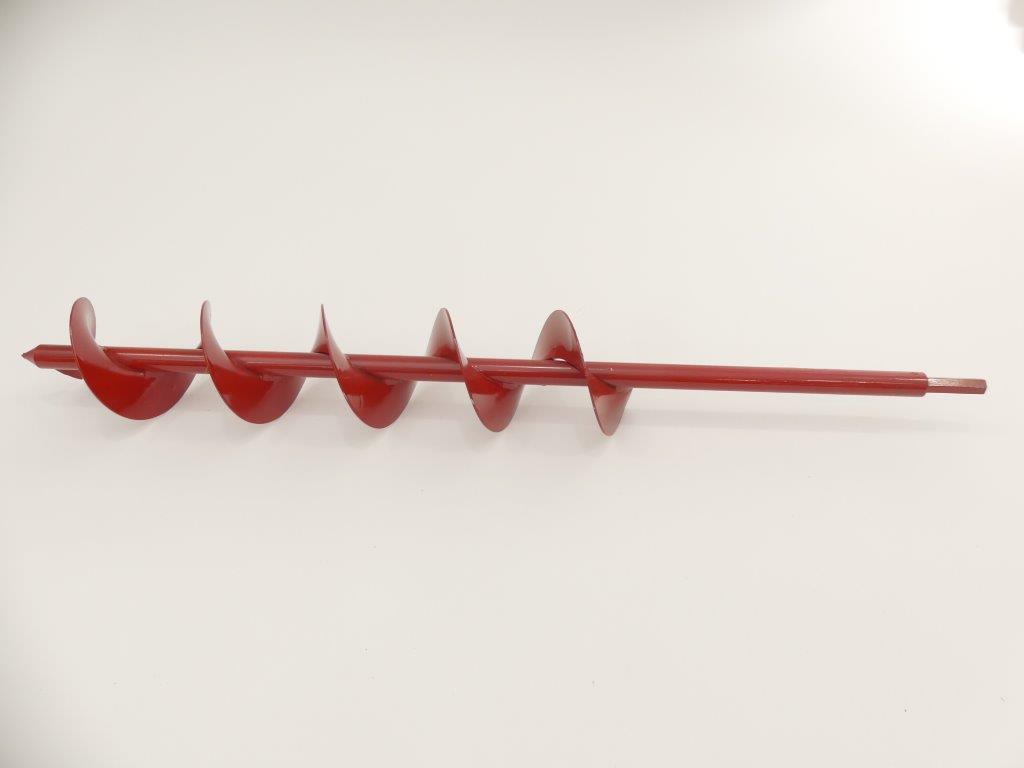When Is the Right Time to Start Vegetable Seeds Indoors?

When Is the Right Time to Start Vegetable Seeds Indoors?
Starting vegetable seeds indoors can give you a head start on the growing season. In addition, you can plant crops that will yield at different times of the year – the seeds you start indoors will yield sooner, and then the seeds you plant in the garden will yield later, extending your harvest. Plus, you can have a variety that would not be available buying seedlings from Home Depot or Lowes. There are also many online resources such as Burpee, Stokes, Eden Brothers, and Morgan Seed. For specialty seeds use Hey Siri or Hey Alexa to search.
The timing of seed planting is pretty precise – one week can make a big difference. While a great deal depends on your region, there are some general tips that can help. Here are some tips and suggestions on how to know when to start vegetable seeds indoors.
- Your Local Extension Service Can be Very Helpful
Your local agricultural extension service has a wealth of information for gardeners. Contact them and ask for a planting calendar for the year. It can make all the difference. One of the most important pieces of information provided by your extension service is the average frost-free date and your hardiness zone. It varies from region to region, and seeds depend on this date.
- Counting Back
Once you know your frost-free date, look at various seeds and how many weeks it takes them to sprout and be ready for transplanting to the garden. That helps determine when you sow your seeds indoors. For example, if a cucumber seed takes 3 weeks from the time it is planted until the time it is transplanted to the garden, you count back 3 weeks from your frost-free date and that is the date you sow your cucumber seeds.
- Various Vegetables and Their Transplant Times
This is a list of a few commonly grown vegetables and the number of weeks it takes for them to be ready to transplant:
Our Choices
Broccoli – 4 to 5 weeks Green Sporting
Cabbage – 4 to 5 weeks Copenhagen Market
Cauliflower – 4 weeks Early Snowball
Celery – 10 weeks Tall Utah
Cucumbers – 3 to 4 weeks American Dark Green
Eggplant – 6 to 7 weeks Black Beauty
Leeks – 8 weeks American Flag
Lettuce – 3 to 4 weeks Salad Mix
Melons – 3 to 4 weeks Ambrosia
Peppers – 7 to 8 weeks California Wonder
Pumpkins – 3 weeks Connecticut Field
Squash – 3 weeks Black Diamond Zucchini
Tomatoes – 4 to 5 weeks Beef Steak
As you can see, there’s quite a bit of variety among the times. So you will be planting for several weeks if you start all your seeds indoors. Better yet, plant the seeds so that the plants are all ready at the same time.
- Tips for Successful Transplanting
When you are ready to begin transplanting, remember that you don’t have to have a huge plant. In fact, smaller plants have a tendency to do even better than larger ones, which may have become weak and spindly after spending too long in the seed-starting container. So for that reason, it’s a good idea not to start too early with your seed-planting efforts. You want to make sure that you’re past the frost-free date by the time your plants are ready. As far as planting seedlings and bulbs, there is also a power-driven tool that can be most effective. This is a 3” diameter auger that gets attached to a 3/8” power drill. This creates a smooth hole to the desired depth in moist, sandy, loam type soil and is extremely easy to use, especially if you are going to be planting hundreds of bulbs. There are several manufacturers who make these such as Power Planter, Ames, Lichter, Jisco, Hiltex, 7Penn, and Yard Butler but the ones we like the best are made from Tech Team https://techteamproducts.com/, their 3” x 9” item number 777 https://www.amazon.com/Tech-Team-Planter-Seedlings-Planters/dp/B07S385BW7/ref=sr_1_197?keywords=bulb+auger&qid=1568384841&s=gateway&sr=8-197 and their 3” x 24” item number 778 https://www.amazon.com/Tech-Team-Planter-Seedlings-Planters/dp/B07S386MWG/ref=sr_1_53?keywords=bulb+auger&qid=1568384749&s=gateway&sr=8-53.
Starting vegetable seeds indoors is a great way to get a head start on the growing season. And it’s less expensive than buying seedlings at your garden center. When it comes to successful seed starting indoors, timing is everything!
